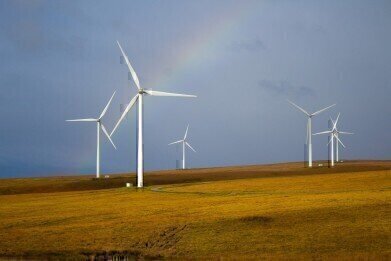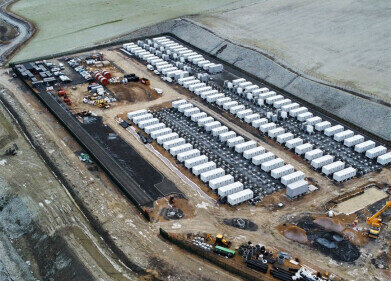Green Energy
What Is Renewable Energy?
May 19 2021
The world is becoming increasingly aware of the environmental damage wrought by the combustion of traditional fuel sources like oil, coal and gas. As well as contributing to climate change and emitting significant amounts of pollution, fossil fuels can also negatively impact ecosystems and even affect meteorological patterns by causing earthquakes (via fracking). What’s more, they’re also finite fuel sources which will eventually be exhausted and take millennia to replace.
As such, renewable energy is becoming more and more popular. This clean form of energy generation involves harnessing the power of the natural world and using natural resources that are being continually replenished. In this way, renewables are far better for the environment, since they do not pollute the atmosphere, emit harmful greenhouse gases or deplete and degrade natural resources. Here’s a quick run through four of the most commonly available renewable technologies in use today.
Solar power
Did you know that more energy travels from the sun to the Earth in a single hour than is consumed by everyone on the planet in one year? Capturing the power of those rays is an important way of cleaning up our energy profile. In order to do so, photovoltaic (PV) cells have been developed from silicon or other materials which are capable of converting sunlight directly into electricity. Although solar power used to be impractically expensive, advances in the technology mean it is now competitive with fossil fuels.
Wind power
The power of the wind has been harnessed in windmills to grind grain since the 1850s, but the history of using wind to generate electricity dates back centuries to the Persian empire. Today, modern wind turbines have been developed which are capable of powering an electric generator as the wind catches the blades of the turbine. As tall as a skyscraper and almost as wide, wind turbines have been criticised for their unsightly appearance, but they are an extremely clean form of energy generation.
Hydroelectric power
Hydroelectric power is created by taking advantage of the kinetic motion of a fast-paced river or the downward deluge of a waterfall and using that energy to spin the blades of a turbine’s generator. Hydroelectric energy is slightly more controversial than the two alternatives mentioned above, since putting power stations in place can cause significant damage to the natural environment and diverting the water from rivers and waterfalls can take away that which is available to local human and animal populations – but it’s still far preferable to oil, coal or gas.
Biomass power
Biomass is defined as any organic matter such as plants, trees, crops and manure. When combusted, biomass releases chemical energy which can be used to power a steam turbine and generate electricity. Although biomass was once lauded as the solution to our energy woes, it can entail high carbon emissions and consume vast amounts of natural resources, as well as cause pollution. For this reason, its use is heavily regulated for private individuals and public businesses, but well-designed systems (such as those which recycle waste products, like sawdust from a sawmill) can provide relatively clean energy.
Events
Apr 22 2024 Hannover, Germany
Apr 23 2024 Kuala Lumpur, Malaysia
Apr 24 2024 Sao Paulo, Brasil
May 05 2024 Seville, Spain
May 13 2024 Munich, Germany














